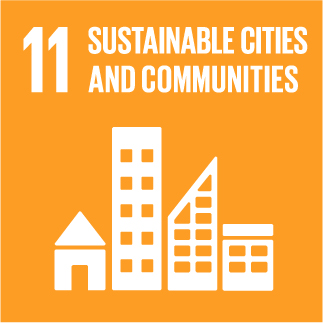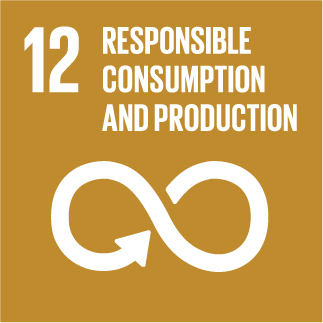Integrated manufacturing of REciclable multi-material COmposites for the TRANSport sector
Side?Chain?Engineered Insulating Polymer Distribution Enables High?performance Intrinsically Stretchable Organic Photovoltaics
By engineering insulating polymer side chains to regulate compatibility, chain diffusivity, and docking position within components, their spatial distribution is precisely controled in active layers. This enables decoupling of photovoltaic and mechanical properties at high PMMA additive loading through its dual functionality, namely forming entangled networks within PM6 amorphous regions for stress dissipation and enhancing crystalline ordering for efficient stretchable organic photovoltaics.Intrinsically stretchable organic photovoltaics (is?OPVs) face a critical efficiency?stretchability trade?off that limits wearable applications. Here, a breakthrough molecular design strategy employing side?chain?engineered insulating polymers—poly(methyl methacrylate) (PMMA) and poly(benzyl methacrylate) (PBMA)—as multifunctional additives to simultaneously enhance electronic and mechanical properties is presented. Through synergistic control of compatibility, chain diffusivity, and docking position with PM6/Y6 components, PMMA selectively distributes in the amorphous regions of the PM6 donor while promoting molecular packing in crystalline regions, enabling dual stress?dissipation networks and efficient charge transport pathways. As a result, the rigid 10PMMA (with 10 wt.% PMMA) devices achieve a record 19.01% power conversion efficiency (PCE), while maintaining 18.53% PCE (only 2% loss) for the rigid 20PMMA (with 20 wt.% PMMA) devices. More remarkably, the stretchable 20PMMA devices exhibit exceptional mechanical robustness with 10.8% fracture strain (2.2?fold improvement) and 87% PCE retention after 100 stretching cycles (10% strain), far surpassing the control devices (50% retention). The work establishes fundamental design principles for insulating polymer additives in is?OPVs, demonstrating how molecular control over micro?/nanoscale distribution can simultaneously optimize electronic and mechanical properties. These findings provide a universal materials platform for high?performance stretchable electronics, particularly for next?generation wearable energy technologies where both efficiency and durability are paramount.

» Publication Date: 28/10/2025

This project has received funding from the European Union's Horizon 2020 research and innovation programme under grant agreement Nº 768737


